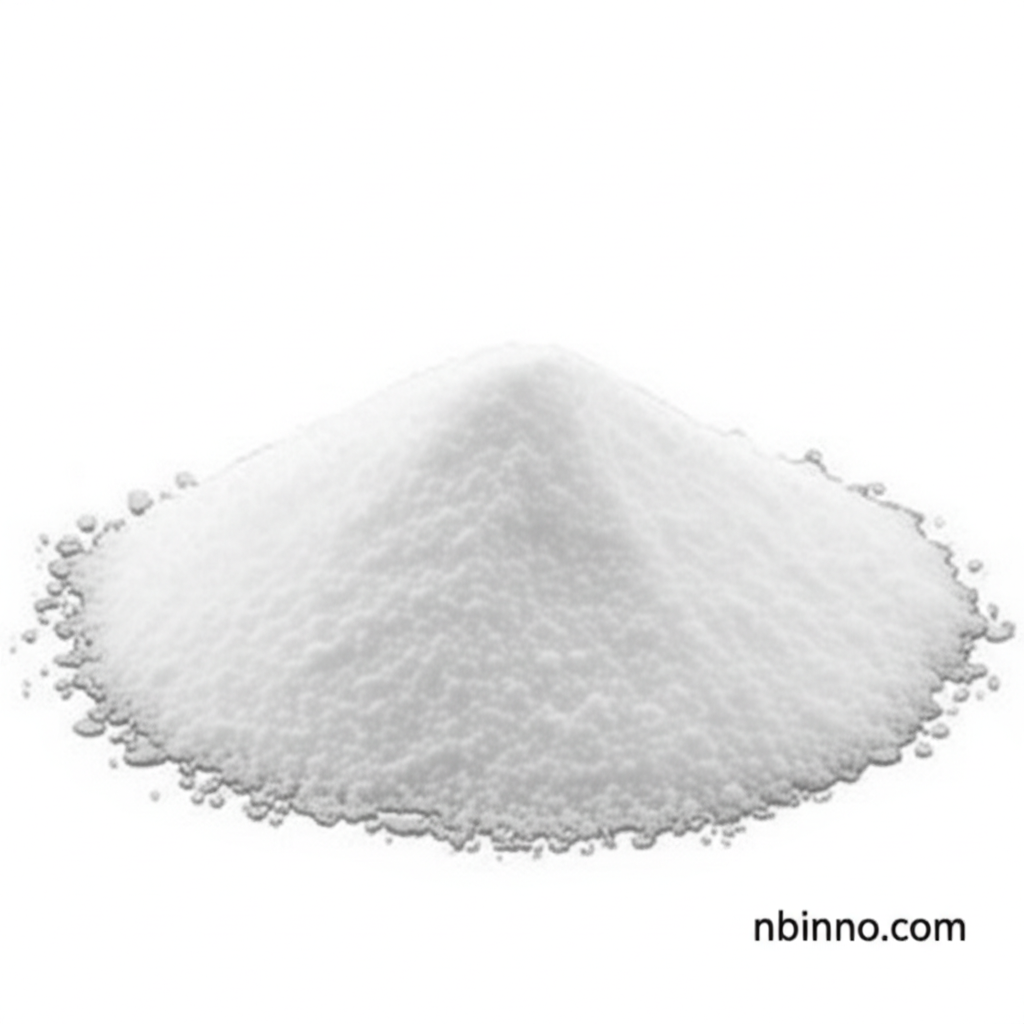Acesulfame Potassium: A Sweetener for Modern Diets
Discover the properties, uses, and safety considerations of Acesulfame Potassium, a popular calorie-free sweetener.
Get a Quote & SampleProduct Core Value

Acesulfame Potassium
Acesulfame Potassium, also known as AK sugar or Acesulfame K, is a widely used calorie-free artificial sweetener. It provides intense sweetness, approximately 200 times that of sucrose, making it an efficient ingredient for reducing sugar and calorie content in various products. Its notable heat stability allows for its use in a broad spectrum of food processing, from baked goods to beverages.
- Acesulfame potassium safety is a topic of ongoing research, with regulatory bodies generally deeming it safe within established daily intake limits.
- The AK sugar benefits include its role as a diabetic-friendly option due to its zero glycemic impact and its contribution to dental health by not promoting decay.
- As a heat stable sweetener, it is highly versatile for use in cooking, baking, and the production of various processed foods and beverages.
- Research into artificial sweetener gut health effects suggests Acesulfame Potassium may influence the gut microbiome, though human studies are ongoing.
Key Advantages
Cost-Effectiveness
Acesulfame Potassium is recognized as one of the more economical sweeteners available, offering a cost-effective solution for manufacturers seeking to sweeten products without sugar.
Synergistic Sweetness
It works exceptionally well when combined with other sweeteners, such as aspartame and sucralose, enhancing overall sweetness and masking any potential bitter aftertastes, a key aspect of its acesulfame K applications.
Wide Applicability
The stability and intense sweetness of this non-caloric sweetener uses span across numerous product categories, including diet beverages, sugar-free confectionery, dairy products, and baked goods.
Key Applications
Beverage Industry
Widely used in diet soft drinks, fruit juices, and flavored waters to provide sweetness without calories, aligning with consumer demand for healthier beverage options.
Confectionery and Desserts
Incorporated into candies, chewing gum, yogurts, and desserts to offer a sweet taste profile, appealing to consumers managing sugar intake or seeking diabetic-friendly options.
Baked Goods
Its heat stability makes it an ideal ingredient for baked items like cakes, cookies, and pastries, maintaining sweetness throughout the baking process.
Pharmaceuticals and Personal Care
Found in some medicines, toothpaste, and mouthwashes to mask bitter tastes and improve palatability, demonstrating its versatility beyond food.
